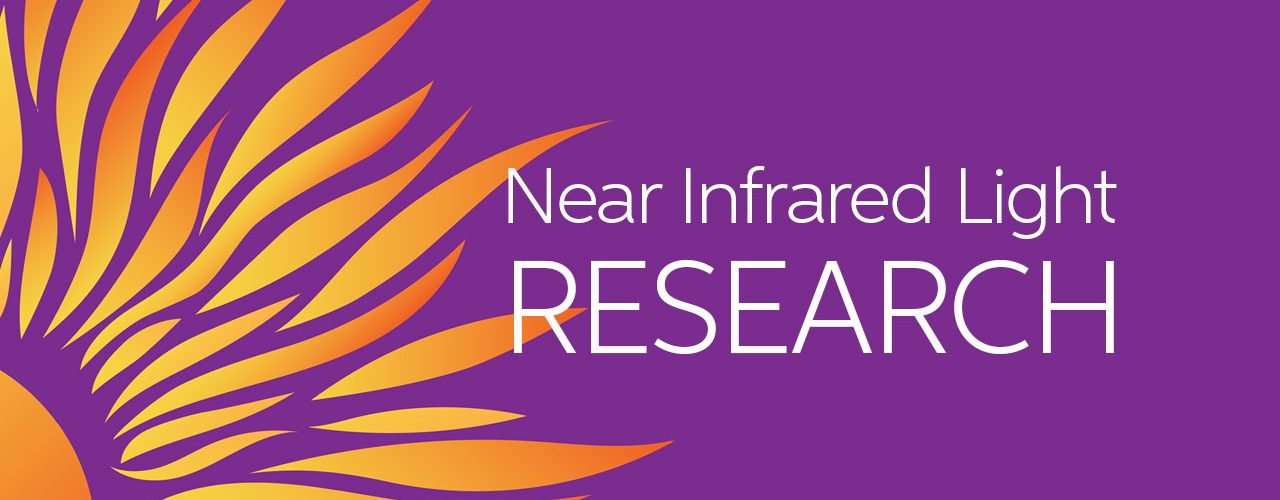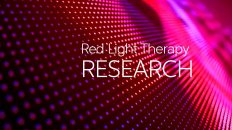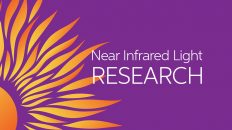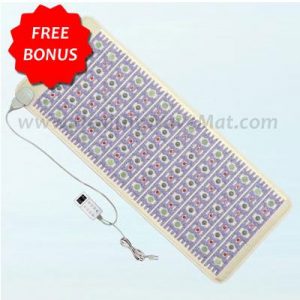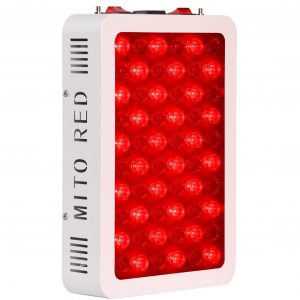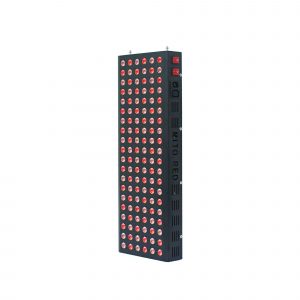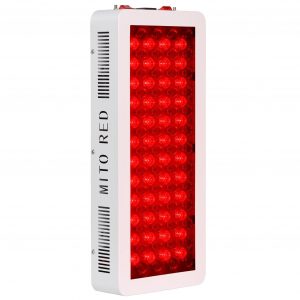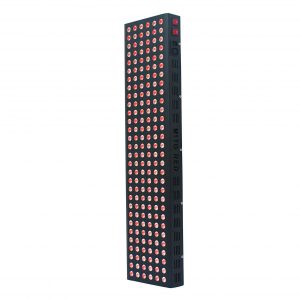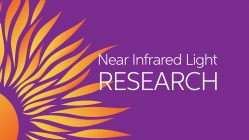Infrared (IR) radiation is electromagnetic radiation with wavelengths between 760nm and 100,000nm. Low-level light therapy (LLLT) or photobiomodulation (PBM) therapy generally employs light at red and near-infrared wavelengths (600-100nm) to modulate biological activity.
Many factors, conditions, and parameters influence the therapeutic effects of IR, including fluence, irradiance, treatment timing and repetition, pulsing, and wavelength.
Increasing evidence suggests that IR can carry out photostimulation and photobiomodulation effects particularly benefiting neural stimulation, wound healing, and cancer treatment.
Nerve cells respond particularly well to IR, which has been proposed for a range of neurostimulation and neuromodulation applications, and recent progress in neural stimulation and regeneration are discussed in this review.
The applications of IR therapy have moved on rapidly in recent years. For example, IR therapy has been developed that does not actually require an external power source, such as IR-emitting materials, and garments that can be powered by body heat alone.
Another area of interest is the possible involvement of solar IR radiation in photoaging or photorejuvenation as opposites sides of the coin, and whether sunscreens should protect against solar IR?
A better understanding of new developments and biological implications of IR could help us to improve therapeutic effectiveness or develop new methods of PBM using IR wavelengths.
SOURCE: US National Institute of Health’s National Library of Medicine
https://pubmed.ncbi.nlm.nih.gov/28441605/

